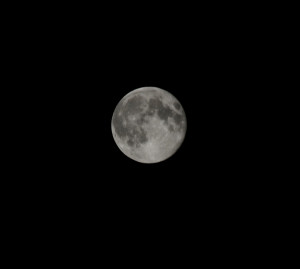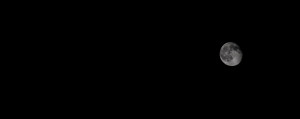
The moon’s penumbral shadow will fall over much of North America as well as extreme eastern Siberia, producing a partial solar eclipse.
If you’re reading from M’Clintock Channel, an arm of the Arctic Ocean which divides Victoria Island from Prince of Wales Island in the Territory of Nunavut, Canada, you’ll see more than 80 percent of the sun’s diameter covered by the moon! The rest of North America will see less of the sun covered, but it’s still worth a trip outside to watch. The Pacific Northwest and the Northern Plains will witness more than 60 percent of the sun’s diameter eclipsed. Across the Ohio, Tennessee and Mississippi valleys, the maximum eclipse will coincide with sunset, while farther to the east, the moon will only begin its encroachment onto the sun’s disk as it sets.

